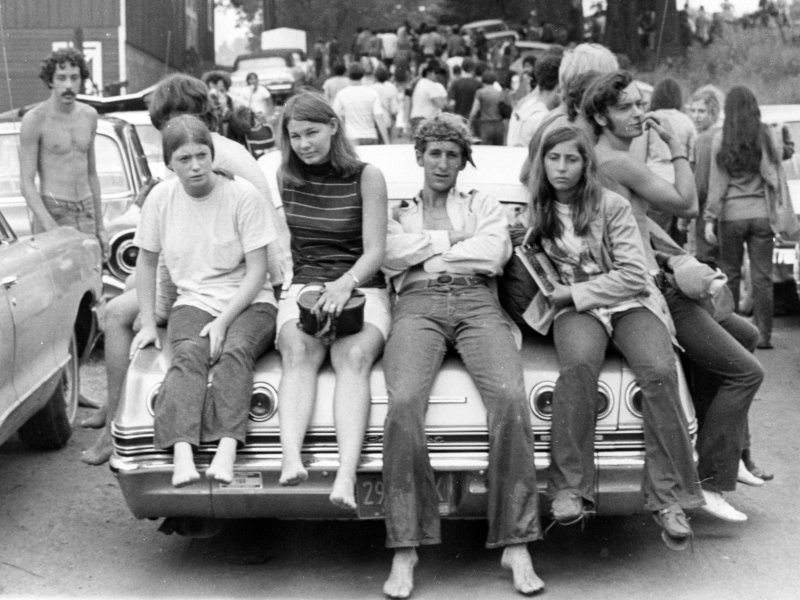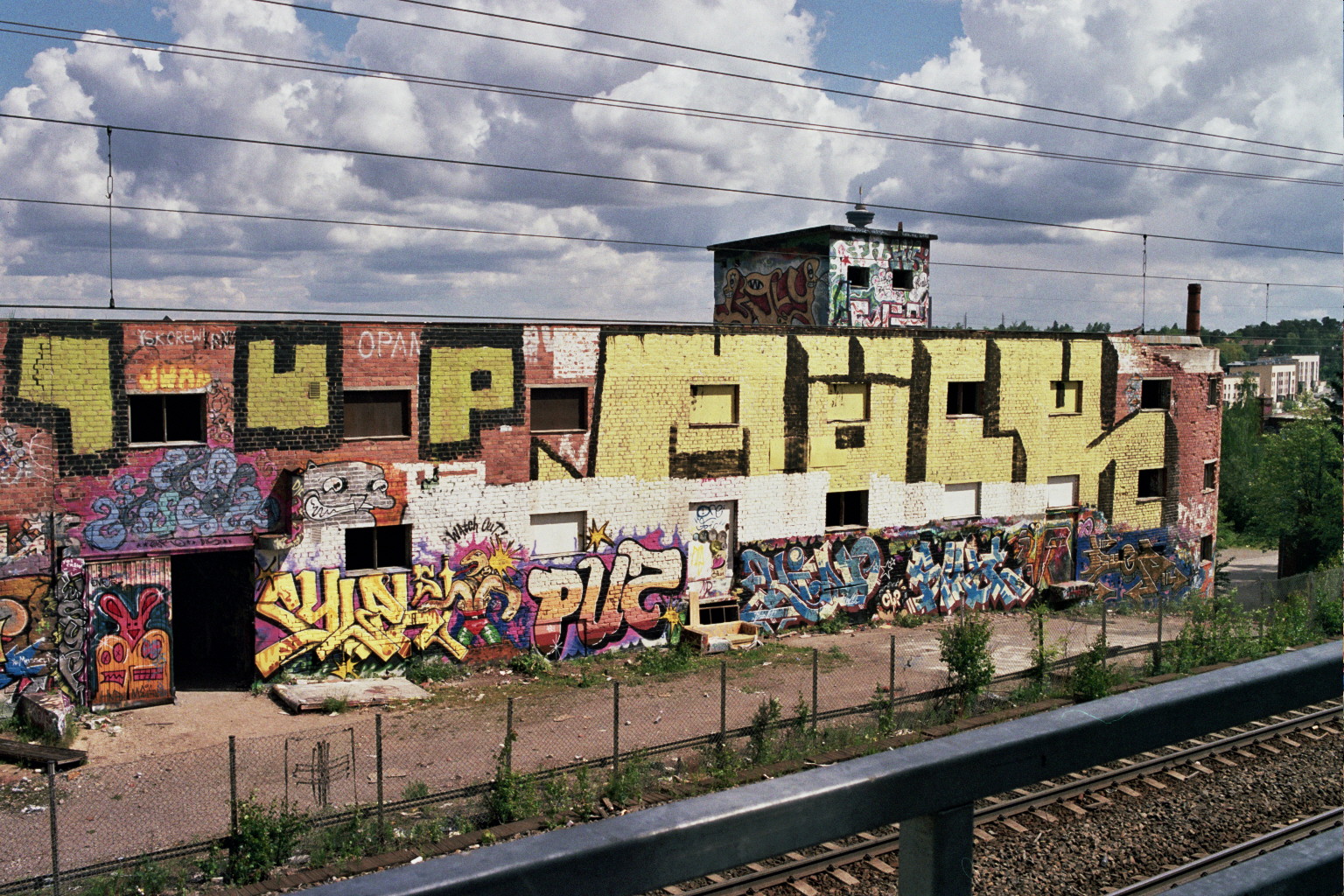Examples of youth subcultures

Hippies were one of the most powerful countercultures of the 20th Century. They started in the mid- 1960s in the Unites States as a youth subculture characterized by utopian socialism and psychedelic art and music. The movement peaked in the 1969 and subsided by the mid 70s.
Hackers are a new media subculture built around gaining access to hidden corners of the internet and suppressed online data. Hackers embark on ‘hackathons’ where they work together on multi-hour sprints to develop ways to hack into networks. They exist upon a spectrum of illegal hackers gaining data for nefarious means, through to hackers working for companies or governments to stress test security software.


New age spirituality emerged as a spiritual and religious subculture in the 1970s. It is highly eclectic without a central unifying doctrine. However, it is often characterized by a holistic understanding of divinity (similar to pantheism) and belief in the ability to communicate with angels and the afterlife.
Surf culture existed as a small sub-culture throughout the 20th Century, but boomed in the 1960s in Southern California. It is often associated with a ‘chilled out’ approach to life, love of the surf and sun and 1960s beach music. There are sub-sets of this cultural grouping, such as big wave surfers and ocean environmentalism. A common trope in surf culture is territorialism, with surfers laying claim to certain surf breaks as their own. This culture is also visible in Hawaii and Australia.














